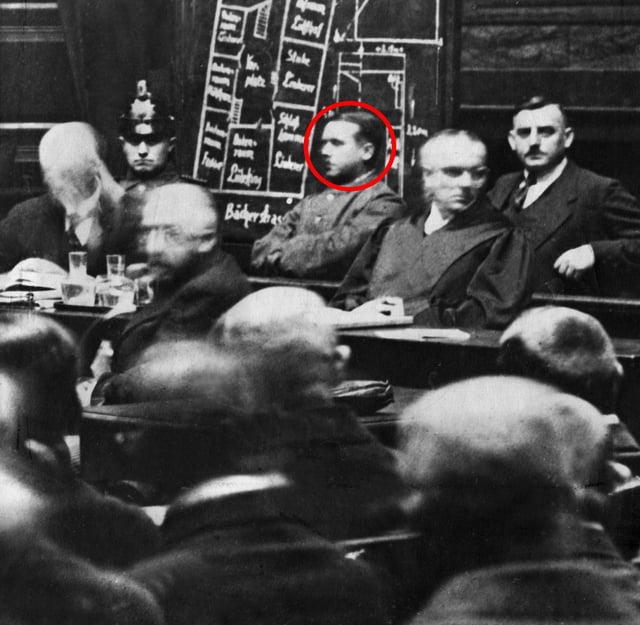Overview
- Fritz Haarmann, executed in 1925 for the murder of at least 24 young males, remains one of Germany’s most infamous serial killers.
- Recent MRT and CT scans conducted by Universitätsmedizin Göttingen show that Haarmann’s brain was never removed from his skull, contradicting earlier claims.
- This discovery questions the validity of historical forensic reports that suggested Haarmann had a brain condition potentially affecting his mental state.
- Experts continue to debate Haarmann’s criminal responsibility, with some suggesting his mental state at the time of the murders was impaired.
- The case’s enduring cultural impact includes films, musicals, and city tours, with the latest revelations adding complexity to its legacy.



